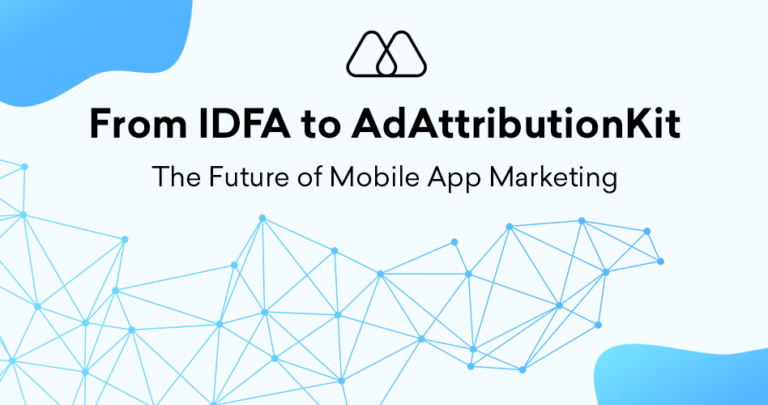In the dynamic world of mobile advertising, reaching your target audience with the right message at the right time within the right ad format is paramount to campaign success. Dynamic placement optimization (DPO) is introduced as a powerful tool for achieving this objective. This article delves into the concept of DPO in mobile advertising, exploring its definition, functionalities, advantages for app marketers, and best practices for implementation to maximize the reach and effectiveness of your mobile ad campaigns.
What is Dynamic Placement Optimization (DPO) in Mobile Advertising?
Dynamic placement optimization (DPO) is a programmatic advertising strategy that leverages real-time data and machine learning to automatically select the optimal ad placements within a publisher’s mobile app inventory for each ad impression. Unlike traditional static placements where you predetermine ad locations, DPO offers a more dynamic and data-driven approach to ad delivery.
How Does DPO Work in Mobile Advertising?
Across a paid social channel like Meta, DPO allows you to show the right creative format across the right placement – so 4×5 creatives can be shown on the feed and 9×16 can be shown on Stories and Reels.
Here’s a breakdown of the DPO workflow in mobile advertising across programmatic channels:
- Campaign Setup: You define your target audience demographics, interests, and budget for the mobile ad campaign.
- Inventory Access: Your DPO campaign integrates with a supply-side platform (SSP) or ad exchange that provides access to a vast network of mobile app publishers and their ad placements.
- Real-Time Data Analysis: During each ad impression request, the DPO engine considers various real-time data points such as user data (if available), contextual data from the app environment (e.g., app category, current user activity), and device data (e.g., location, operating system).
- Placement Ranking: Leveraging machine learning algorithms, the DPO engine analyzes the real-time data and ranks the available ad placements within the publisher’s inventory based on their predicted effectiveness for achieving your campaign goals (e.g., clicks, conversions).
- Ad Delivery: The ad platform automatically delivers your ad to the highest-ranked placement within the publisher’s app, maximizing the likelihood of reaching your target audience in an environment conducive to engagement.
Benefits of Utilizing Dynamic Placement Optimization (DPO) in Mobile Advertising
DPO offers several advantages for mobile app marketers seeking to optimize campaign reach and effectiveness:
- Enhanced Targeting Precision: By considering real-time contextual data, DPO ensures your ad appears within app environments most relevant to your target audience and their current app activity, leading to more impactful ad placements.
- Improved Campaign Performance: DPO prioritizes placements with a higher likelihood of clicks, conversions, or other desired actions, potentially leading to significant improvements in campaign performance metrics like CTR and conversion rates.
- Inventory Efficiency: DPO eliminates the guesswork of manual placement selection, ensuring your ad budget is directed towards the most promising placements within the available inventory, maximizing your return on investment (ROI).
- Scalability and Automation: DPO automates the ad placement selection process allowing you to scale your campaigns across diverse app inventory while ensuring optimal delivery for each ad impression.
- Data-Driven Decision Making: DPO generates valuable campaign performance data based on real-time placement effectiveness. You can leverage this data to refine your targeting strategies and optimize future campaigns for better results.
Best Practices for Implementing Dynamic Placement Optimization (DPO) in Mobile Advertising
Here are some best practices to ensure successful implementation of DPO in your mobile advertising campaigns:
- Clearly Define Campaign Goals: Identify your primary campaign objectives (e.g., app installs, in-app purchases, brand awareness) as this influences how the DPO engine prioritizes ad placements.
- Leverage Audience Targeting: Combine DPO with well-defined audience targeting criteria (demographics, interests) to ensure your ads reach the right users within the most relevant app environments.
- Utilize High-Quality Creatives: Regardless of placement, ensure your ad creatives are visually appealing, informative, and tailored to your target audience for maximum impact.
- Monitor Performance Data: Closely monitor DPO campaign performance metrics to identify top-performing placements and adjust your targeting strategies or creative formats.
- Test and Refine: DPO is an ongoing optimization process. Continuously test different targeting parameters and analyze placement performance data to refine your DPO strategy for optimal campaign results.
5 Key Takeaways from Dynamic Placement Optimization (DPO)
- Contextual Targeting: DPO prioritizes ad placements based on real-time contextual data within the app environment.
- Enhanced Targeting Precision: DPO ensures your ads reach users in relevant app environments for better engagement.
- Improved Campaign Performance: DPO maximizes the likelihood of achieving your campaign goals through optimal ad placement.
- Inventory Efficiency: DPO eliminates guesswork, directing your ad budget toward the most promising placements.
- Data-Driven Optimization: DPO provides data to refine targeting and optimize future campaigns.
Dynamic placement optimization (DPO) empowers mobile app marketers to leverage the effectiveness of real-time data and machine learning to deliver their ads within the most relevant and impactful placements across a vast mobile app inventory. By understanding the functionalities, benefits, and best practices for implementing DPO, you can elevate your mobile advertising campaigns, achieve superior targeting precision, and ultimately unlock significant improvements in campaign performance and return on investment. Remember, DPO is a powerful tool, but it thrives on continuous monitoring, testing, and refinement to ensure it remains aligned with your evolving campaign goals.




